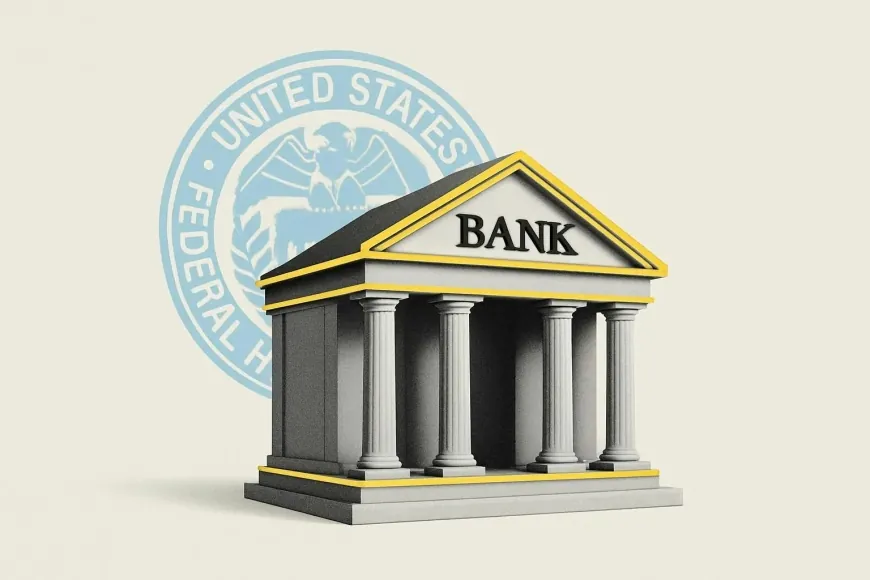Fed Leverage Rule Change Could Unlock $6 Trillion in Lending for U.S. Banks, Morgan Stanley Says
Federal Reserve’s plan to ease capital requirements may free $185 billion and boost lending capacity by $6 trillion for major U.S. banks.

Washington, D.C. — A Federal Reserve proposal to loosen leverage rules for large U.S. banks could release $185 billion in capital and open up nearly $6 trillion in balance sheet capacity, according to a new estimate by Morgan Stanley.
The plan, announced Wednesday and approved in a 5-2 vote by the Fed’s board, aims to revise the enhanced supplementary leverage ratio (eSLR) — a post-2008 rule that sets the minimum capital banks must hold against all assets, including lower-risk holdings like U.S. Treasuries.
Under the proposed changes, banks would have capital requirements that scale more directly with their global systemic importance, a move Fed officials argue will reduce unintended constraints on routine bank activity during periods of elevated government borrowing.
“The Fed’s proposal to calibrate eSLR should give the banking system meaningful capacity to expand its balance sheet in low-risk assets,” analysts at Barclays said in a note Thursday.
Morgan Stanley analysts, led by Betsy Graseck, said the proposal could become a cornerstone of deregulatory shifts under Michelle Bowman, the Fed’s new vice chair for supervision. "SLR reform is the first of many capital proposals we expect over Bowman’s tenure,” the firm wrote, noting that the Fed selected the version of the rule that would provide the most relief to banks in terms of balance sheet capacity.
Regulatory Context
The current eSLR was designed to serve as a backstop against excessive risk-taking, but critics argue that it increasingly discouraged large banks from holding low-risk assets, such as U.S. Treasuries, especially as national debt levels ballooned in recent years.
Fed officials described the planned revision as a “technical correction” — one aimed at ensuring the rule works as intended without restricting key market functions. The move is expected to be the first of several possible regulatory changes affecting capital requirements for global systemically important banks (G-SIBs).
Impact on Banks and Lending
By loosening the leverage buffer, the Fed’s proposal could incentivize big banks to take on more government securities and low-risk lending, potentially enhancing liquidity in Treasury markets. Analysts suggest that this could also make it easier for banks to expand their role in repo markets and provide short-term financing.
“It makes sense for banks to utilize the theoretical leverage capacity as long as the return from investing in low-risk assets is sufficient,” Barclays added.
While the proposal will now undergo a public comment period, banking industry watchers say its approval signals a regulatory pivot under Bowman that may lead to broader capital relief for the sector.
Also Read: Trump Pressures Fed for Major Rate Cut—Says High Interest Is 'Killing' U.S. Economy
|
Follow iShook on Social Media for More Tips and Updates! |





























































